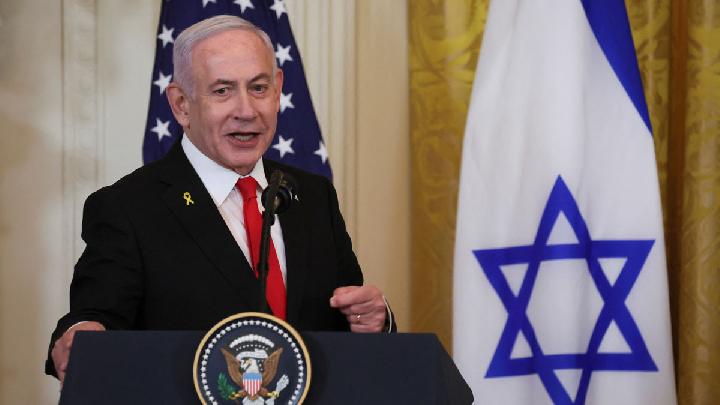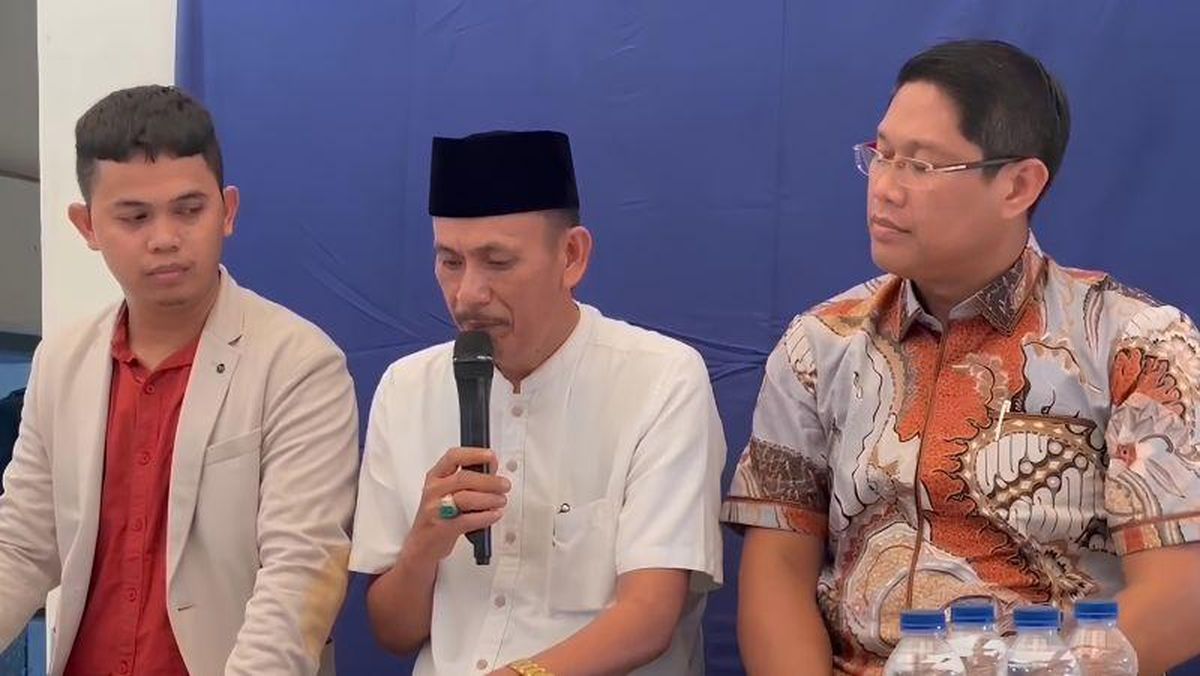By: Sanjay Pulipaka, Politeia Research Foundation in Hyderabad.
The US will find it geopolitically challenging to engage with China-backed ethnic armed outfits operating in Myanmar.
In the second week of October, the US Secretary for State Antony J. Blinken said “we’re intensifying our efforts to chart a more peaceful, inclusive, democratic future for Myanmar,” making it abundantly clear that the US was invested in seeing a civilian government return to power there.
Around the same time, in an oblique reference to Myanmar and other regional conflicts, Chinese Premier Li Qiang called for an Asian response to external forces’ frequent attempts to bring “bloc confrontation and geopolitical conflicts into Asia.”
China has often warned against “external interference” in Myanmar, suggesting that Beijing’s response was directed against Washington’s increasing involvement.
While China has often stated that it follows the “principle of non-interference in internal affairs”, most accounts suggest that it has emerged as a dominant player seeking to promote its economic and security interests.
The US and Chinese policies have significantly contributed to the Myanmar Tatmadaw’s military losses since the civil war broke out.
After the 2021 coup, the US imposed punishing sanctions on Myanmar that considerably reduced the Tatmadaw’s ability to raise resources to meet its operational requirements.
In 2022, US president Joe Biden gave his assent to the National Defense Authorization Act (NDAA), which had a modified version of the Burma Unified through Rigorous Military Accountability Act, or the BURMA Act.
The act would assist “programs to strengthen federalism among ethnic states in Burma, including for non-lethal assistance for ethnic armed organisations”.
Currently, there is no credible and verified information in the public domain that the US has supplied ethnic armed organisations with equipment and technologies which can be used for both civil and military purposes.
China has never publicly alleged that the US supplies considerable dual-use equipment to ethnic armies. However, US diplomacy and its sanctions have undermined the Tatmadaw’s ability to control territories within the country.
Junta’s military setback
Militias reportedly close to China, such as the Three Brotherhood Alliance, comprising the Ta’ang National Liberation Army, Myanmar National Democratic Alliance Army (MNDAA) and the Arakan Army (AA), have inflicted significant military defeats on junta forces in the last few months.
China sought to apply pressure on the MNDAA to sever its ties with other outfits perceived to be pro-US. Subsequently, the MNDAA reportedly declared that it would not collaborate with organisations opposed to China, a demonstration of China's ability to influence political developments in Myanmar.
The MNDAA controls large tracts in Shan State, including Lashio. The AA is now in near-total control of much of the Rakhine State. The Kachin Independence Army in the north and the forces of the Karen National Union in the south have made significant territorial gains.
The resistance forces have made impressive gains even in central Myanmar and have moved closer to Mandalay even as they have expanded their “governance and administrative systems” in their respective areas of influence.
China shares a cordial relationship with the ethnic militias operating in Myanmar. Some of these source their weapons and other equipment from China.
However, at the UN or ASEAN, China provides diplomatic support to the Tatmadaw and has been providing it with military equipment.
China often nudges the ethnic armies and Tatmadaw into ceasefire agreements, which have not resulted in durable peace. With the militias and the Tatmadaw dependent on Beijing’s resources, China’s footprint in Myanmar’s economic landscape has grown.
Last month, the US declared that it would provide additional financial support to “vulnerable populations in Burma” as well as Bangladesh, “including $US74 million in assistance for Rohingya refugees”.
Most recently, in August, approximately 200 Rohingya were killed in drone attacks attributed to the Arakan Army.
The regional dynamic
While there is speculation that the political upheaval in Bangladesh could be linked to US aims in Myanmar, there is no denying that the power balance in Myanmar has shifted against the Tatmadaw and in favour of the ethnic armed organisations.
However, the US, despite its military alliance with Thailand, will find it difficult to unilaterally redesign power relations in Myanmar, given China’s influence.
The persistent political instability in Myanmar has hampered India’s attempts to build a land bridge with Southeast Asia. While the maritime component of India’s Act East Policy is progressing apace, Myanmar’s instability is a block to any overland passage.
A stable Myanmar is needed to leverage the benefits of India’s connectivity projects, such as the Kaladan Multi-Modal Transit Transport Project and India Myanmar Thailand Trilateral Highway.
Given the changing realities in Myanmar, it appears that India has decided to scale up its engagement with various ethnic organisations along its borders.
The recent Quad joint statement “appealed to all states to prevent the flow of arms and dual-use material” and called for the “resolution of the crisis through constructive and inclusive dialogue and among all stakeholders”.
Perhaps it is time for India and its Quad partners to pool resources to assist the people of Myanmar in designing their version of a federal democratic framework.
Meanwhile, China continues to “exert significant sway” over the developments in Myanmar, intent on protecting its investments (in infrastructure, ports and power projects) and ensuring continued access to natural resources, including rare earth metals.
Beijing’s policies are aimed at consolidating its economic influence and geostrategic objectives through projects such as the China-Myanmar Economic Corridor (CMEC), which would significantly enhance the ease of accessing Myanmar’s ports on the Indian Ocean.
So far, while there have been protests in front of China’s diplomatic missions and its Mandalay consulate was targeted by an explosive, neither ethnic organisations nor the Tatmadaw sought to undermine Beijing’s interests for extending simultaneous support to all actors in Myanmar’s civil war.
Because of its geographic proximity, permanent seat in the UNSC, economic prowess, military strength, and influence on principal actors, China will remain a dominant external actor in Myanmar.
With Tatmadaw losing considerable ground, Myanmar requires more robust and coordinated engagement from diverse international actors. It is imperative that the US, India, ASEAN, and other countries devise strategies to nudge Myanmar towards a more democratic future.
Originally published under Creative Commons by 360info™.
*) DISCLAIMER
Articles published in the “Your Views & Stories” section of en.tempo.co website are personal opinions written by third parties, and cannot be related or attributed to en.tempo.co’s official stance.

 3 months ago
52
3 months ago
52













































